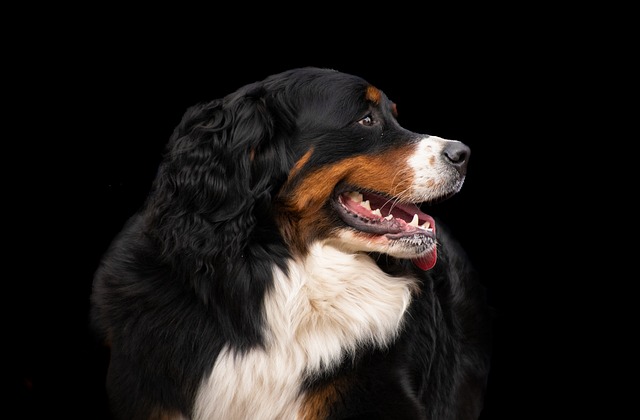
How do i train my dog to be obedient?
Watching your dog dart across the park ignoring your calls isn’t just frustrating—it can put them at risk near busy streets or public spaces.
Many dogs struggle when left by themselves, often showing signs like chewing shoes or barking nonstop. This isn’t just a nuisance— in some areas, excessive noise can lead to fines under local animal welfare laws. Start small: leave your dog alone for 5 minutes while you step outside to check the mail. Praise them with a treat when you return, so they learn your absence means a positive reward.
Always make sure your dog has access to fresh water and a comfortable spot to rest before you leave. Avoid making a big fuss when you exit or return; calm goodbyes and hellos help your dog stay relaxed. If you live in an apartment, check building rules about pet behavior— some places have strict guidelines on noise during daytime hours.
 Gradually increase the time you leave your dog alone as they get more comfortable. Start with 5 minutes, then 10, then 20, until they can handle longer periods. If your dog shows signs of stress, like pacing or whining, take a step back and shorten the time. This slow approach is key to building their confidence in being alone.
Gradually increase the time you leave your dog alone as they get more comfortable. Start with 5 minutes, then 10, then 20, until they can handle longer periods. If your dog shows signs of stress, like pacing or whining, take a step back and shorten the time. This slow approach is key to building their confidence in being alone.
Never punish your dog for destructive behavior after you get home— they won’t connect the punishment to what they did earlier. Instead, if you catch them in the act, redirect their attention to a toy. Also, remember that puppies and senior dogs have different needs; puppies can’t hold their bladder as long, so shorter alone times are a must for them.
Before leaving for a full workday, take your dog for a walk or play a game of fetch. A tired dog is more likely to sleep than act out when alone. Check your local laws too— some regions require dogs to have access to outdoor space if left alone for more than a certain number of hours, so make sure you’re following those rules to stay compliant.
Teaching your dog to stay alone takes patience, but the payoff is worth it. A calm, confident dog will be happier, and you’ll have peace of mind knowing they’re okay while you’re away. Keep consistency in your routine, follow local regulations, and celebrate small wins— soon, your dog will be comfortable being by themselves for hours at a time.

Watching your dog dart across the park ignoring your calls isn’t just frustrating—it can put them at risk near busy streets or public spaces.

New puppy owners often find themselves rushing to clean up accidents before they set in, and that’s where puppy pad training becomes a game-changer.

If you've noticed your dog's waistline disappearing and your veterinarian has mentioned those few extra pounds, your first instinct might be to simply reduce the amount of food in their bowl.

Training a dog to use a designated spot indoors isn’t as daunting as many new owners fear, but it does take consistency and an understanding of your pet’s needs.

That moment of dread on a walk is all too familiar for many new dog owners. You see another dog approaching down the sidewalk of your neighborhood

If the sight of another dog on your neighborhood walk makes your heart sink as your own dog erupts into a frenzy of barking and lunging, you're not alone.